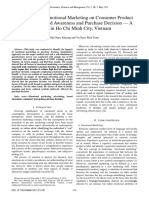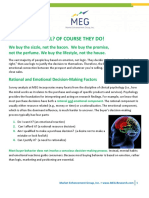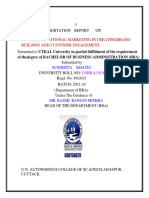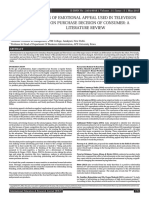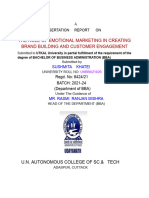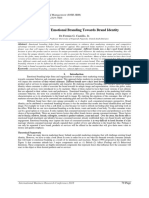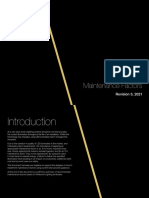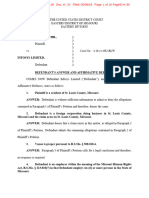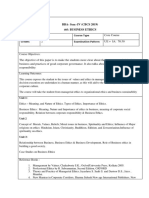0% found this document useful (0 votes)
50 views7 pagesEmotionalmarketing
This conference paper reviews the impact of emotional marketing on consumer decision-making, highlighting how emotions influence purchasing behavior and brand loyalty. It discusses various studies that show the importance of emotional advertising in creating memorable consumer experiences and fostering brand connections. The paper concludes that while emotional marketing is still an emerging field, it plays a significant role in shaping consumer choices.
Uploaded by
jaybCopyright
© © All Rights Reserved
We take content rights seriously. If you suspect this is your content, claim it here.
Available Formats
Download as PDF, TXT or read online on Scribd
0% found this document useful (0 votes)
50 views7 pagesEmotionalmarketing
This conference paper reviews the impact of emotional marketing on consumer decision-making, highlighting how emotions influence purchasing behavior and brand loyalty. It discusses various studies that show the importance of emotional advertising in creating memorable consumer experiences and fostering brand connections. The paper concludes that while emotional marketing is still an emerging field, it plays a significant role in shaping consumer choices.
Uploaded by
jaybCopyright
© © All Rights Reserved
We take content rights seriously. If you suspect this is your content, claim it here.
Available Formats
Download as PDF, TXT or read online on Scribd
/ 7

